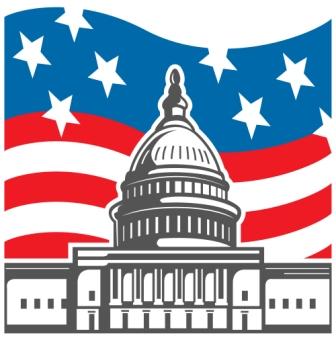
Overview of Film Production Tax Incentives
Motion Picture and Television Production Tax Incentives (hereinafter “MPIs”) are tax incentives that are available at the U.S. Federal Level, at most of the U.S. Multi-State Levels, and on a Global Level through nearly a hundred participating countries worldwide and should certainly be incorporated into the tax planning process for movie and television studios to properly tax affect their costs of production.
Three Primary Phases of Film Production
The three primary phases of qualified filmmaking production include the “Qualified Pre-Production Phase”, the “Qualified Production Phase”, and the “Qualified Post-Production Phase”. It should be duly noted that it is fairly common practice in the movie and television studio industry to shoot the aforementioned phases of qualified production throughout several locations (e.g., Qualified Production Phase in the City of Los Angeles, California, USA and the Qualified Post-Production Phase in the City of Vancouver, British Columbia, Canada). Consequently it is critical to be cognizant of tax incentives available, as applicable, not only state by state within the United States but also country by country worldwide in order to reduce a movie or television studios global effective tax rate.



























Recent Comments